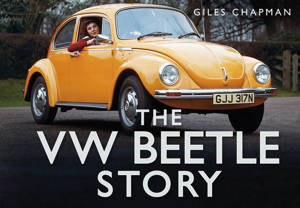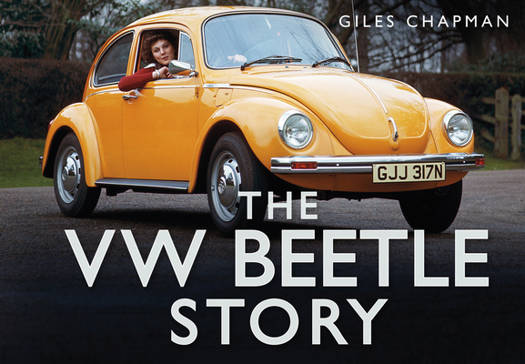
- Afhalen na 1 uur in een winkel met voorraad
- Gratis thuislevering in België vanaf € 30
- Ruim aanbod met 7 miljoen producten
- Afhalen na 1 uur in een winkel met voorraad
- Gratis thuislevering in België vanaf € 30
- Ruim aanbod met 7 miljoen producten
Zoeken
Omschrijving
The KdF car, a German acronym for Strength Through Joy, was conceived by Adolf Hitler's Third Reich as a true German 'people's car'. There is precious little in the legacy of 1930s Nazi Germany that is positive, but after the Second World war - and with a little help from the British - the Volks Wagen really did help put the average man on the road in a car, designed by the great Ferdinand Porsche, that was reliable and well-built. First it set benchmarks for customer satisfaction across Europe, and sales soared. Then it arrived in North America and the slope-backed, rear-engined economy car became a cult hit. By the time the very last original Beetle was built in 2003, over 21m had been built, making it by a long chalk the best-selling single car model of all time. Although its concept is dated by modern standards, the Beetle magic is undimmed, which is why Volkswagen introduced an all-new, modern Beetle in 1998. It has carved out a niche as a distinctive and eye-catching car in a world of automotive clones.
Specificaties
Betrokkenen
- Auteur(s):
- Uitgeverij:
Inhoud
- Aantal bladzijden:
- 128
- Taal:
- Engels
- Reeks:
Eigenschappen
- Productcode (EAN):
- 9780752484600
- Verschijningsdatum:
- 1/09/2012
- Uitvoering:
- Hardcover
- Formaat:
- Genaaid
- Afmetingen:
- 130 mm x 185 mm
- Gewicht:
- 249 g

Alleen bij Standaard Boekhandel
+ 27 punten op je klantenkaart van Standaard Boekhandel
Beoordelingen
We publiceren alleen reviews die voldoen aan de voorwaarden voor reviews. Bekijk onze voorwaarden voor reviews.











